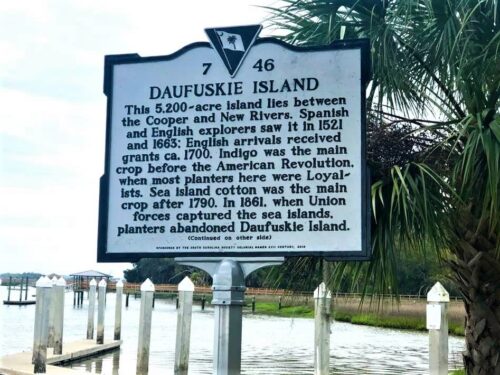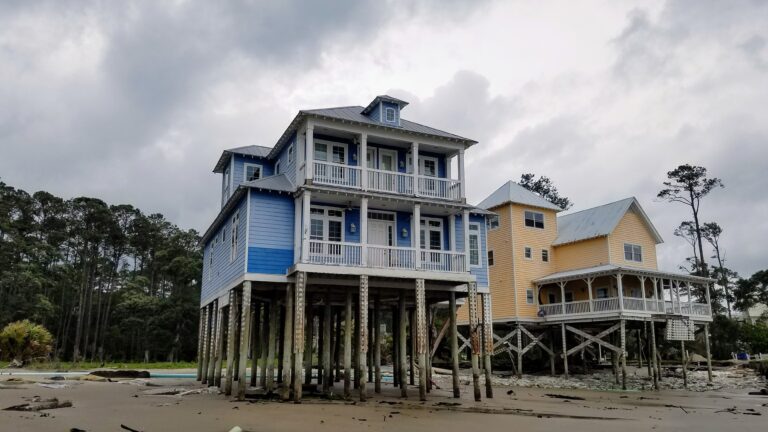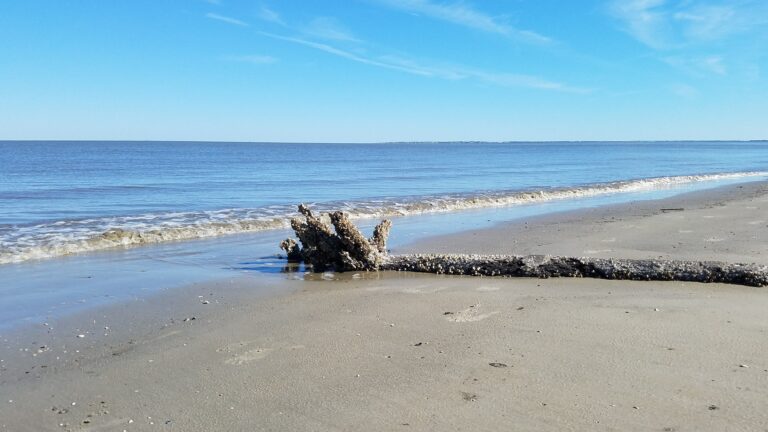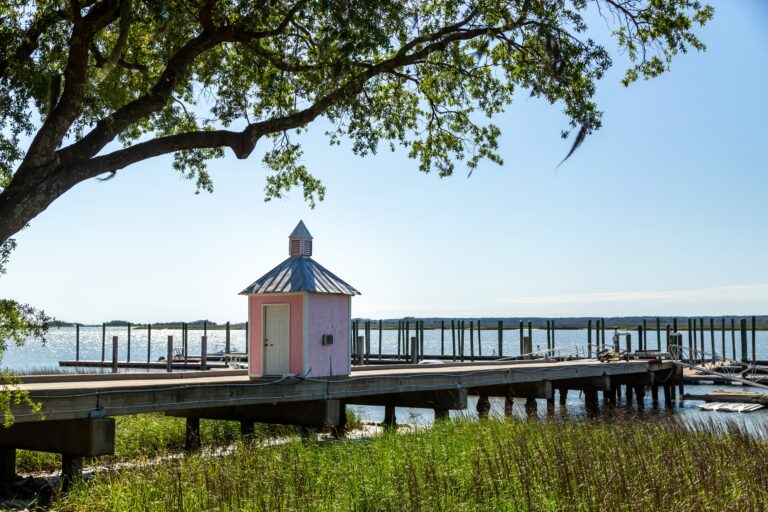Top Spots for Wildlife Photography on Daufuskie Island

Daufuskie Island is a photographer’s dream come true if you love wildlife and hate traffic. This car-free paradise sits nestled between Hilton Head and Savannah, only accessible by ferry or barge (yes, really).
With pristine beaches, maritime forests straight out of a fairytale, and wildlife that hasn’t been scared away by honking horns, it’s the perfect place to snap photos that’ll make your Instagram followers green with envy.
No cars means the animals here live their best lives, making this secluded 5,000-acre island a wildlife photographer’s jackpot. Alligators, dolphins, rare birds – they’re all just hanging out, waiting for you to capture their good side.
The Best Wildlife Photography Spots on Daufuskie Island
Let me walk you through the spots where you’ll want to have your camera ready and your finger on the shutter button. I’ve explored them all (you’re welcome) and compiled this guide to save you time and help you get those National Geographic-worthy shots.
1. Sandy Lane Beach
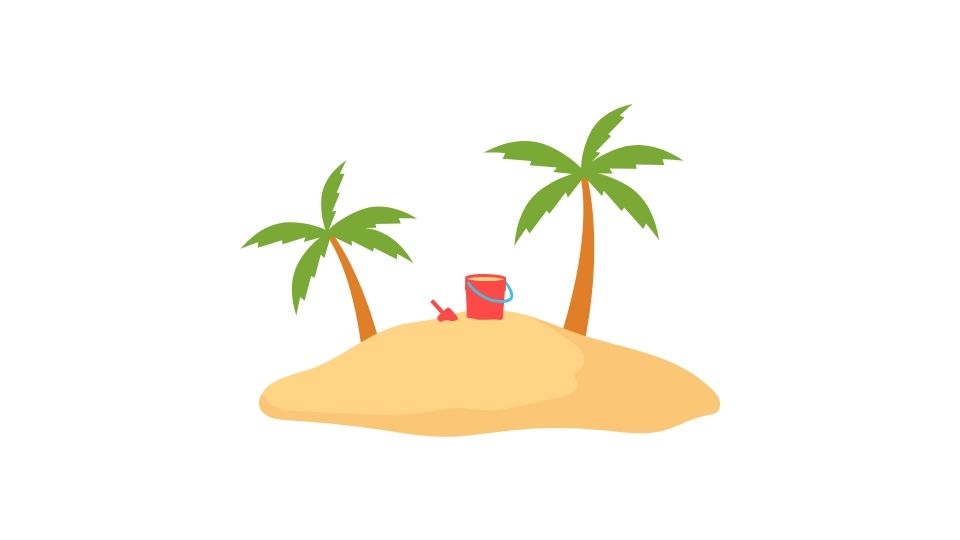
If crowds ruin your vibe, you’re gonna love Sandy Lane Beach. This stretch of coastline is usually empty enough to feel like your own private paradise.
Best times to visit: Early morning or late afternoon when the light is soft and golden (photographers call this “the golden hour” for a reason).
What to look for:
- Dolphins playing in the surf
- Alligators sunbathing (from a safe distance, please)
- Shore birds doing their little running dance with the waves
The empty beach also gives you plenty of space to set up tripods without annoying other beachgoers or having random kids run through your perfect shot.
2. Haig Point
Want to photograph animals that look like they’re straight out of a Wes Anderson film? Head to Haig Point to catch glimpses of grey fox squirrels – these rare, beautiful creatures are wildlife photography gold.
This area feels like stepping into another world with moss-draped oak trees creating the perfect backdrop for your wildlife shots. Besides the fancy squirrels, keep your eyes peeled for:
- Ospreys diving for fish
- Great blue herons standing motionless (they have more patience than I do)
- White-tailed deer peeking through the foliage
The contrast between the dark tree trunks and the bright marsh grasses makes for stunning compositions, even for amateur photographers.
3. The Roost Farm
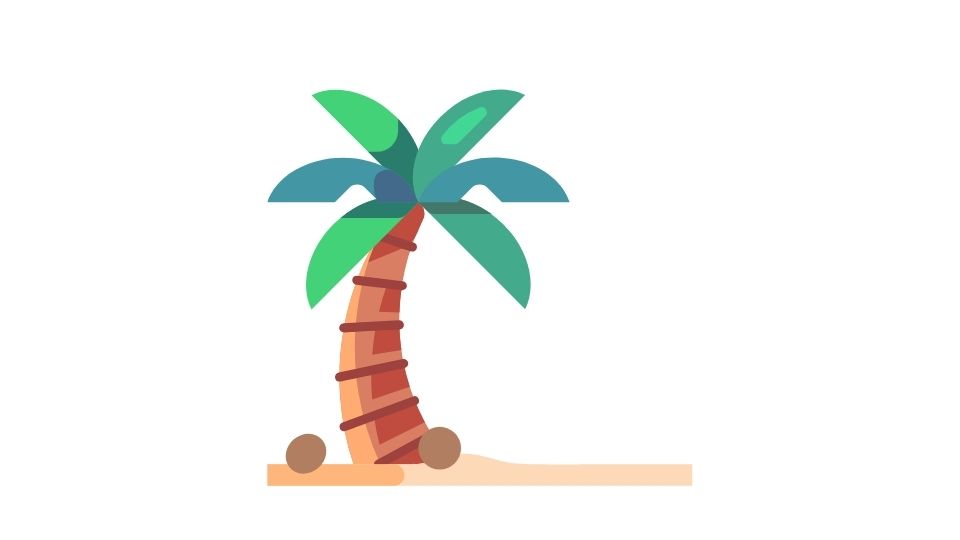
Sometimes wildlife photography means farm animals, and The Roost Farm delivers. This sustainable, family-run operation is home to:
- Goats with personalities bigger than their bodies
- Turkeys who will literally pose for you
- Chickens, ducks, pigs, and even a mini pony
The chemical-free environment means you can get close-up shots without worrying about your health or theirs. Plus, the farmers are super friendly and will tell you the best angles for capturing their animal friends.
The farm’s sustainable practices make it an educational stop as well as a photographic one.
4. Mary Fields School and School Grounds Coffee
History and wildlife collide at this former two-room schoolhouse. Now home to School Grounds Coffee (caffeine up before your photo adventure!), the surrounding area is rich with photo opportunities.
The weathered historic buildings create a unique juxtaposition when wildlife wanders through, making for compelling storytelling images. Look for:
- Songbirds in the heritage oak trees
- Small mammals scurrying between buildings
- Insects on the native flowers growing nearby
Grab a coffee, find a bench, and let the wildlife come to you. Sometimes the best photography happens when you’re patient enough to sit still.
5. Silver Dew Winery
Wine and wildlife photography? Sign me up! Silver Dew Winery isn’t just a place to taste muscadine wine – it’s a hotspot for macro photography opportunities.
The vineyard attracts:
- Butterflies and bees on flowering plants
- Colorful insects among the grape vines
- Birds looking for a sweet snack
The historic wick house provides gorgeous background elements, and the vineyard staff are used to photographers wandering around (just be respectful of their space).
6. Nature Trails and Marshlands

If you’re serious about wildlife photography, you need to hit the extensive network of nature trails that wind through the island. These paths take you through towering oaks and marshlands that look like they’re straight out of Jurassic Park.
The marshes are particularly good for bird photography, including:
- Snowy egrets (those brilliant white feathers pop in photos)
- Great blue herons standing like statues
- Ospreys diving for fish (if you’re quick enough to catch them)
Pro tip: The light filtering through Spanish moss creates natural diffusion that makes for dreamy, atmospheric shots your followers will swoon over.
7. Bloody Point Golf Club
I know what you’re thinking – a golf course for wildlife photography? Trust me on this one.
Bloody Point Golf Club offers stunning views of Lowcountry scenery, and the course is surrounded by natural habitats that attract wildlife. The waterways and marshes that border the greens provide:
- Beautiful reflections for landscape shots
- Water birds hunting for fish
- Alligators lounging near water hazards (seriously, keep your distance)
The well-maintained grounds create a manicured foreground with wild nature in the background – a compositional dream for photographers.
Tips For Getting The Perfect Wildlife Shot
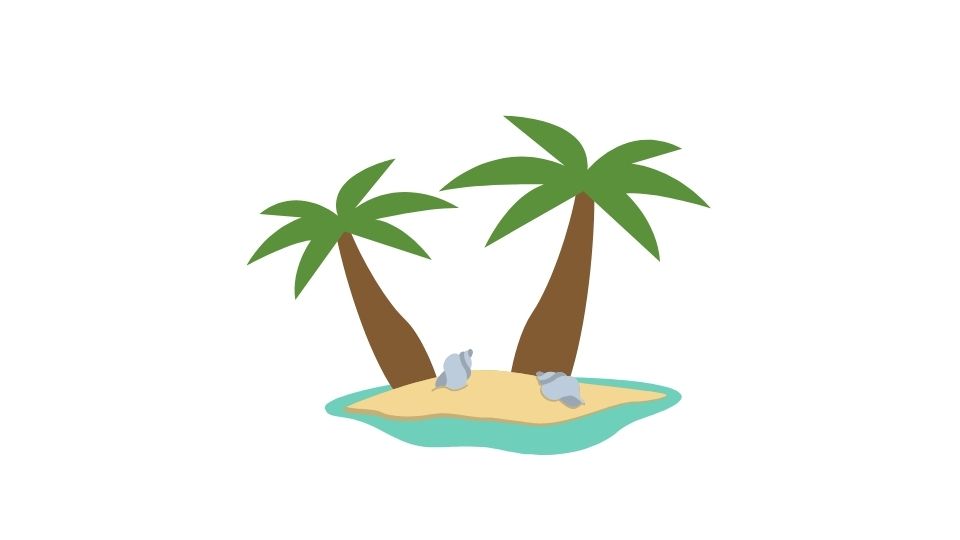
Now that you know where to go, here’s how to make the most of your wildlife photography adventure on Daufuskie Island:
Timing is everything – The early photographer gets the worm (or at least, photographs the bird getting the worm). Sunrise and sunset offer the best light and most active wildlife.
Pack the right gear – A telephoto lens is your best friend for wildlife shots. Bring a wide angle for landscapes and a macro for insects and small details. Don’t forget extra batteries!
Patience pays off – Wildlife photography is 90% waiting, 9% settings adjustment, and 1% frantic shutter clicking. Bring a folding stool and get comfortable.
Respect the locals – And by locals, I mean the animals who actually live there. Keep a safe distance, never bait wildlife, and remember you’re a guest in their home.
Layer up – Island weather can change quickly, and nothing ends a photo session faster than being too cold, wet, or sunburned.
Go where others don’t – The best wildlife photos often happen off the beaten path. Just be sure to respect private property.
Getting to Daufuskie might take a bit more effort than your average destination, but that’s exactly what keeps it special. Without cars roaring past, wildlife thrives here in ways that are increasingly rare in our modern world.
So grab your camera gear, book that ferry ride, and prepare for an island adventure that will fill both your memory card and your soul. The alligators are waiting for their close-up!


